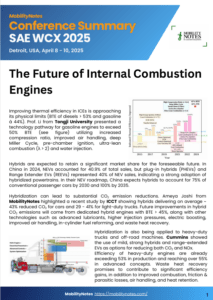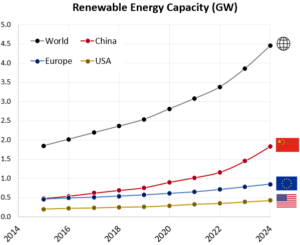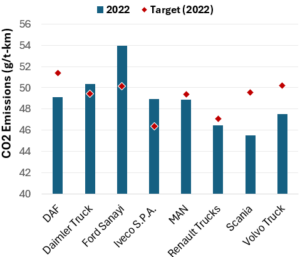Report
How much biofuels can we make, really ?
A summary of the “2023 Billion-Ton Report”
An assessment of United States’ renewable carbon resources by the U.S. Department of Energy, Office of Energy Efficiency and Renewable Energy
Reference
Background
The U.S. currently produces approximately 340 million tons, which accounts for about 5% of its total energy production. While this is not exactly a drop in the bucket – pun totally intended – there is clearly room for growth.
Despite the significant push for electrification, it is understood that lowering the carbon footprint of existing vehicles will require switching to cleaner, low carbon intensity fuels. The immediate question this raises, is “how much low carbon fuel can we make?” and its close cousin, “doesn’t using biomass for fuels affect the food production?”
Since its first publication in 2005, the U.S. DOE’s Billion-Ton report series provides a definitive guide for understanding the capabilities and challenges of the U.S. bioeconomy. Here is a brief summary of the latest report, which includes new resources like oilseeds and macroalgae. The report also discusses the costs associated with each of the resources. Other notable changes include the incorporation of USDA Baseline Projection for food crop demands and the latest costs adjusted to 2022 dollars.
It concludes that the U.S. can potentially increase biomass production from the current capacity of 342 million tons to as much as 1.7 “billion” tons. And this is a conservative estimate, including sustainability considerations, and without taking away from food production.
Sign up here to receive such summaries and a monthly newsletter highlighting the latest developments in transport decarbonization
5-Min Monthly
Sign-up to receive newsletter via email
Thank you!
You have successfully joined our subscriber list.
Recent Posts

Conference Summary – SAE WCX 2025
![]()
A summary of the “SAE WCX 2025” conference held in Detroit.

IRENA Renewable Energy Capacity Statistics 2025
![]()
According to the latest report from IRENA, 2024 saw the largest increase in renewable capacity, accounting for 92.5% of overall power additions.

CO2 Emissions Performance of Heavy-Duty Vehicles in Europe – 2022 Results
![]()
The European Commission has published the official 2022 CO2 emission results for heavy-duty vehicles. Many OEMs are ahead of the targets and have gained credits, while others have their work cut out as we approach the 2025 target.

